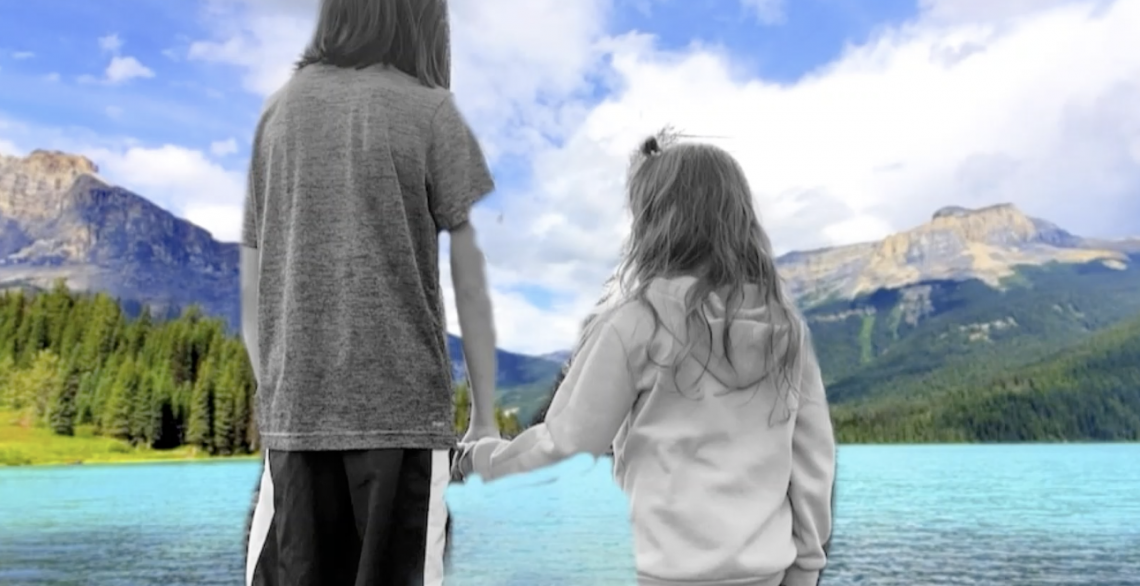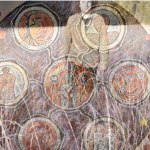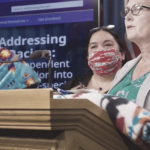The poem intended to provide the colonial history Indigenous people experienced in Canada, aiming to transform colonial narratives to remake public memory. The injustices are described in the form of a timeline to inform readers of where mistreatment and mistrust originated within healthcare and social services and how it continually affects Indigenous people today. The poem has four distinct phases; summer, fall, winter, and spring, which connect with the four seasons of the medicine wheel. The summer section explains the girl’s life prior to colonialism and highlights the importance of Indigenous ways of knowing. When summer turns to fall, her land becomes colonized with the arrival of European settlers. The Indian Act, residential schools, Indian hospitals and the 60’s scoop explain how Indigenous-specific systemic racism began. Winter comes, and the detrimental effects outlined within the “In Plain Sight” report are discussed, highlighting Indigenous-specific systemic racism in the British Columbia health care system. The culturally unsafe and stereotypical realities of today’s child welfare procedures are also mentioned. Suggestions are then made to strengthen responsibility and accountability to reconciliation, drawing from the “In Plain Sight” and the “TRC: Calls to action” reports and an Indigenous child welfare practitioner to target injustices within the child welfare and healthcare system. With these suggestions, the girl feels warmth again and can envision a brighter future, suggesting that summer is coming again. The images used were photographs taken of my children. Their hand-holding throughout the seasons symbolizes their connection and disconnection from family and culture, which fluctuates throughout the seasons. -Anonymous

December 11, 2021
Summer is Coming
Finn
Administrator
Posts by Finn
-

Pandemic Dreams and Land-Based Visions of Indigenous Health
December 11, 2021
-

Can you hear the voices now? A resurgence of Indigenous identity in healthcare
December 11, 2021
-

Implicit bias in health care
December 11, 2021
-

It is time to change the colour palette
December 11, 2021
-

A personal commitment to love in social work practice
December 11, 2021